Skip to content
First, some entities do not (yet) belong to any project, so access to them cannot be granted by defining the project. Therefore, single entities can also be added to a collection.Secondly, when working with a lot of projects, even selecting and adding single projects to a collection might be too tedious, so you can also add project groups to a collection, which will lead to all projects within that project group, and then all entities of those projects, to be contained in the collection.

 Rights Management
Rights Management
Newton’s User/Access Rights system is flexible and granular, consisting of Rights, Roles, Groups, and Collections to define access to specific Newton software functions or areas.
Rights, Roles, and Groups
Basics
Depending on the rights assigned to a role, an entire main area in the top navigation or subareas in the side navigation can be accessible.
This also applies to individual tabs or subareas on a page. Permissions can be used to control functions, generate reports, display buttons, or, if necessary, access individual fields.
Important: However, not every individual field and every tab has its own permission with which it can be controlled.
Below, you can see how different selected rights in different roles affect the view and access.




A role can be viewed as a thematic bundling of rights (also referred to as “Access Control Objects”), focusing on a specific topic or module.


Assuming that users within the same or similar teams possess the same rights, creating dedicated roles with a defined set of rights for that user group simplifies the management of changes or additions of rights for entire groups compared to individual users.
Through groups, these roles can then be combined again.

Overview of Roles and Groups
In the left-hand navigation menu under Admin area, go to Rights Management. Within the “Rights and Roles Overview” section, as well as in the “Groups, Roles, and Rights” section, you will find an overview that allows you to explore all roles and groups with their rights assigned.
Additionally, you can conduct specific searches to find particular setup configurations as needed.




Step-by-step
Add and manage Roles
Add and manage Groups
Collections
General
Assuming certain users should only have access to selected projects and entities, since rights management doesn't apply here, there's another way to achieve this
Newton has a mechanism in place for restricting access to specific projects and entities for particular users. The term we use for these sets of projects and entities is "collection" (specifically, project entity collection). They are managed in the options area and assigned to users as needed.
Basics
The idea behind it is that collections of one or more projects can be defined, and then assigned to users, which tells Newton that those users should only have access to those projects and their entities.
But also, this is extendable for different reasons:
Considering the option’s name, ensure it provides sufficient information to the user performing the assignment, allowing them to make the correct choice when selecting a collection for a user.
If a collection, for example, only contains one project, it may be easiest to give the collection the same name.
Step by step
Create a Collection
Important
It is essential to understand that once the content of a collection is changed, it becomes effective for all users who have been assigned that collection. However, they must log out and back in once to ensure these changes are loaded.
Assign a Collection
Once finished, the collection can be assigned.
Users who log in after the assignment should only have access to the project(s) and entities contained in the collection.
Of course, the right to further view or add, edit, and delete data is controlled by the rights system. Therefore, the user may be in a collection to view a project or entity, but it depends on their specific rights, whether they can only view or edit it.
Need more information?
Want to print your doc?
This is not the way.
This is not the way.

Try clicking the ⋯ next to your doc name or using a keyboard shortcut (
CtrlP
) instead.